Get students to answer perimeter questions with this interactive digital resource, perfect for lesson introductions and wrap-ups.
Digital Perimeter Examples for Middle Primary
Teachers! Don’t reach for another perimeter worksheet! While worksheets certainly have a place and serve a purpose in the classroom, why not vary your lesson delivery with an engaging digital resource? This interactive activity is chock-full of perimeter questions that are sure to keep your students on-task for the duration of your maths lesson!
This ocean-themed interactive activity contains a variety of perimeter questions for students to practise calculating the perimeter of composite shapes. There are nine slides to work through, each containing a wide variety of perimeter examples for students to engage with. Some of the activities include:
- Drag the coral over the fish displaying the correct perimeter.
- Drag the coral over the fish displaying the correct missing side length.
- Drag the fish over the shape with the perimeter that matches the number in the pearl.
- Use the perimeters to colour the mystery picture.
- Use the perimeters to colour a path through the maze.
- Match the correct perimeter to its shape.
- Match the correct shape to its missing side length.
This resource downloads as either a Microsoft PowerPoint or an editable Google Slides file. A printable PDF containing the answers is also available via a separate dropdown.
This resource makes a great revision activity once your students have already had some experience finding the perimeter of composite shapes. Use it as a warm-up at the beginning of your maths lesson, or as a review lesson at the end to see how well your students are able to answer the perimeter questions.
How to Use These Perimeter Questions
Digital games are a fabulous resource when it comes to reviewing key content with your students.
Not sure how to implement this digital game in your classroom? Try this procedure:
- Read the Question – Project the slide on your interactive whiteboard. Have a student read the question allowed.
- Discuss Possible Strategies – Have your students suggest approaches as to how to work out the answer to the question.
- Shared or Individual Calculations – When it comes to working out the answer, there are a few options you might like to implement. You could have the students do the calculations themselves on dry erase boards or in their notebooks, either individually or in small groups. Alternatively, you do this collaboratively as a class and write the necessary calculations on the whiteboard.
- Entering the Answer – Choose a student to come to your computer to enter the answer into the digital resource.
Start Exploring Perimeter Examples
Use the dropdown menu on the Download button to access your preferred version of this resource. Please be aware that you will be prompted to make a copy of the Google Slides file and save it to your personal drive before accessing it.
Be sure to work with this presentation in Edit mode as the draggable features will not work in Presentation mode.
This resource was created by Kaylyn Chupp, a Teach Starter collaborator.
More Resources Targeting Perimeter
Teach Starter has more great resources to save you time when teaching perimeter to your class. Click below for some more curriculum-aligned, teacher-created activities!
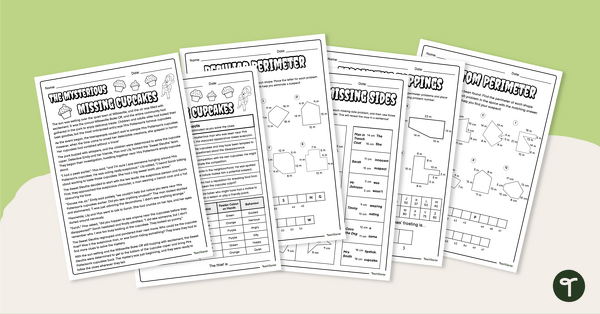
teaching resource
Perimeter Escape Room – The Mysterious Missing Cupcakes
Have your super-sleuth students solve this perimeter escape room to find out who stole the missing cupcakes!
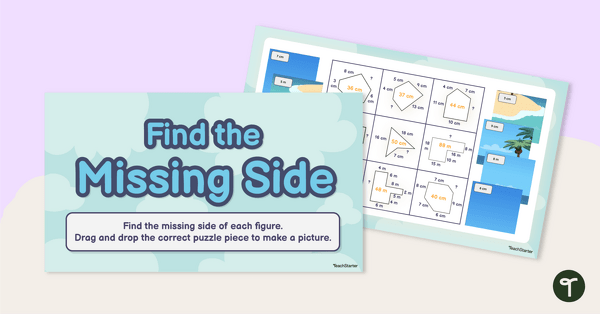
teaching resource
Find the Missing Side Interactive Puzzle
Explore perimeter with missing sides with your students using this interactive digital puzzle.
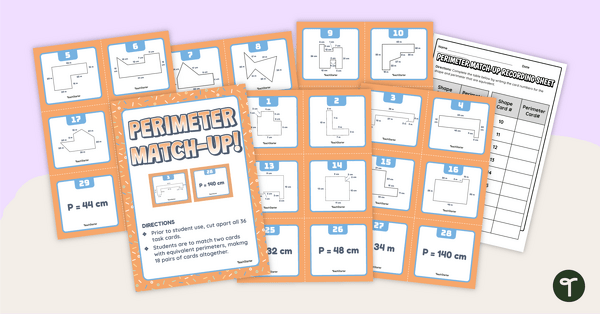
teaching resource
Perimeter Matching Game
Have students explore the perimeter of composite figures with this matching game perfect for collaborative learning.
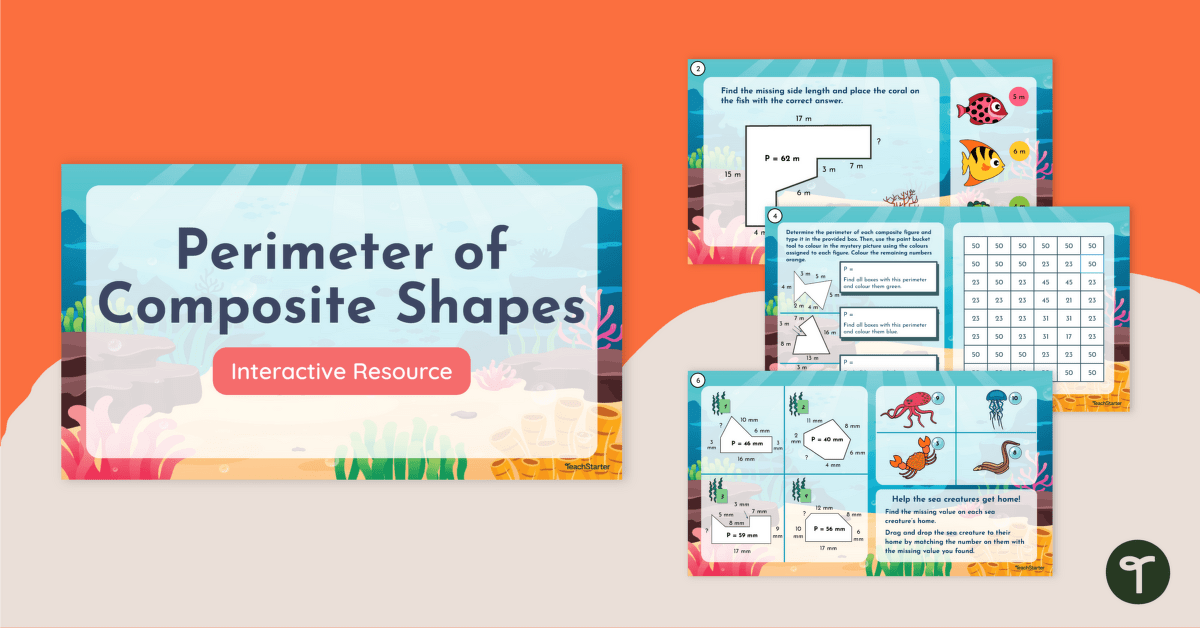


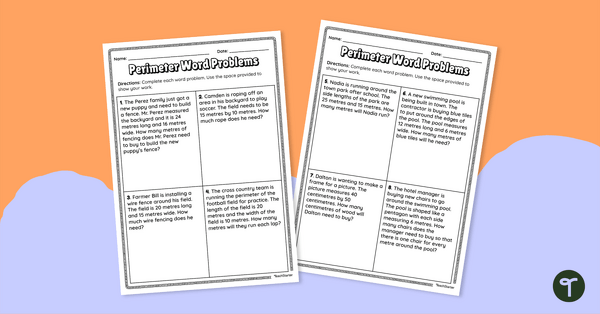
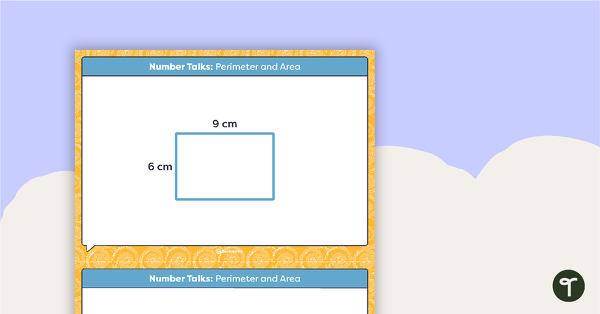
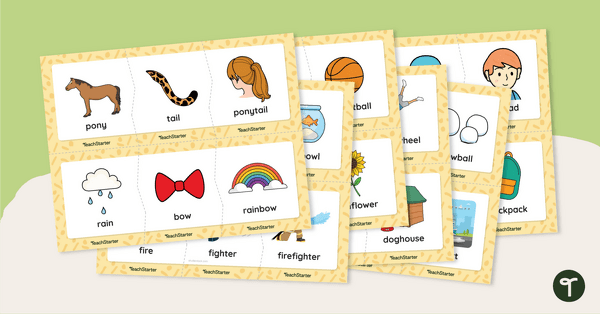
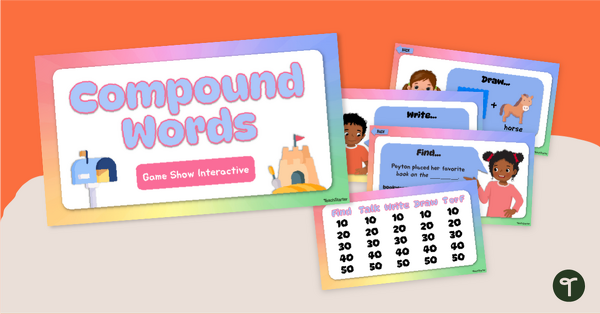
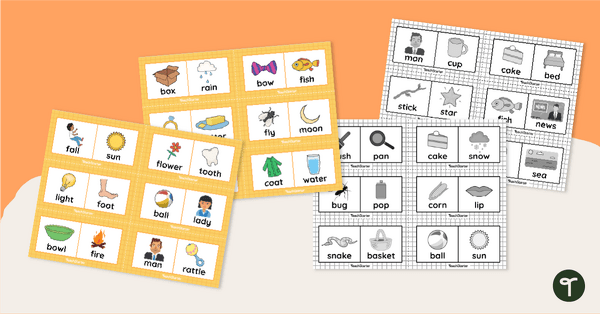
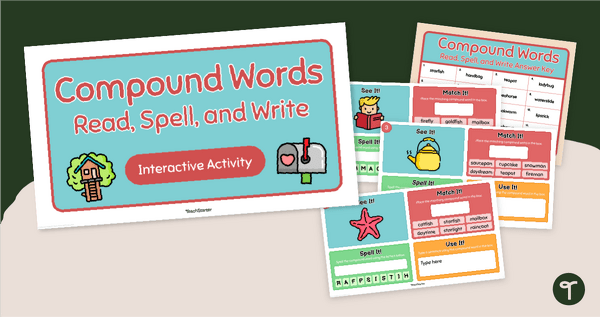


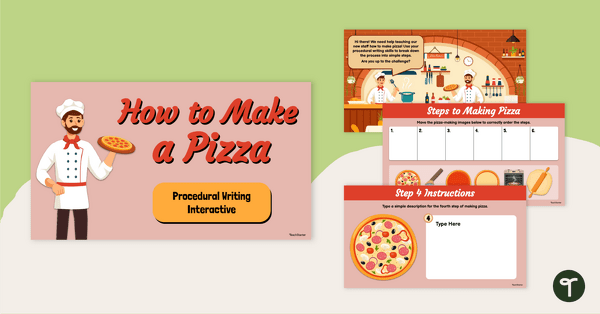
0 Comments
Write a review to help other teachers and parents like yourself. If you'd like to request a change to this resource, or report an error, select the corresponding tab above.